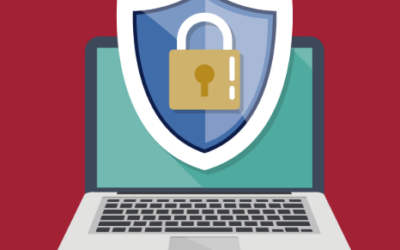
In today’s digital world, cybersecurity is no longer optional—it’s essential. With the sheer volume of personal and professional information stored on our devices, choosing the right antivirus software is a critical step in protecting yourself from cyber threats. But with so many options available, how do you choose the best one for your needs?
1. Assess Your Needs
Before diving into the market, consider your requirements:
- Device Type: Are you using Windows, macOS, Android, or iOS? Some antivirus programs cater specifically to certain operating systems.
- Usage Level: Do you need basic protection for browsing and emails, or advanced features like ransomware protection and VPNs?
- Number of Devices: Some antivirus packages allow multi-device protection, ideal for families or businesses.
2. Features to Look For
When evaluating antivirus software, keep these key features in mind:
- Real-Time Protection: Monitors your system constantly for threats without slowing it down.
- Malware and Ransomware Defense: Offers strong protection against the latest viruses, trojans, and ransomware attacks.
- Firewall: An added layer of defense to control network traffic and block unauthorized access.
- Ease of Use: A user-friendly interface that doesn’t require a tech genius to navigate.
- Automatic Updates: Ensures your software stays current with the latest threat definitions.
3. Popular Antivirus Options
Here are some highly-rated antivirus software options to consider:
- Norton 360: A comprehensive package with excellent malware protection, a built-in VPN, and parental controls.
- McAfee Total Protection: Offers great multi-device support and identity theft protection.
- Bitdefender Antivirus Plus: Known for its robust malware defense and low system impact.
- Windows Defender (Microsoft Defender): Free and built into Windows 10/11, offering decent protection for casual users.
4. Free vs. Paid Antivirus
- Free Antivirus: Basic protection, often suitable for casual users who don’t handle sensitive data.
- Paid Antivirus: Offers advanced features like phishing protection, secure banking tools, and priority customer support.
5. Reading Reviews and Testing
Check independent reviews and test results from trusted sources like:
- AV-Test
- AV-Comparatives
- PCMag
These platforms evaluate antivirus performance on criteria like detection rates, system performance impact, and user experience.
6. Avoid Common Pitfalls
- Too-Good-To-Be-True Deals: Be cautious of “free lifetime protection” offers, as they often come from unreliable vendors.
- Overlapping Software: Using multiple antivirus programs simultaneously can cause conflicts and reduce efficiency.
7. Consider Your Budget
Most paid antivirus solutions offer annual subscriptions, with discounts for multi-year plans. While cost is important, prioritize quality and features over saving a few dollars.
Final Thoughts
Choosing the right antivirus software is a personal decision based on your unique needs. By evaluating features, reading trusted reviews, and understanding your device usage, you can make an informed choice to safeguard your digital life.
Stay protected and safe online!
Comments are closed